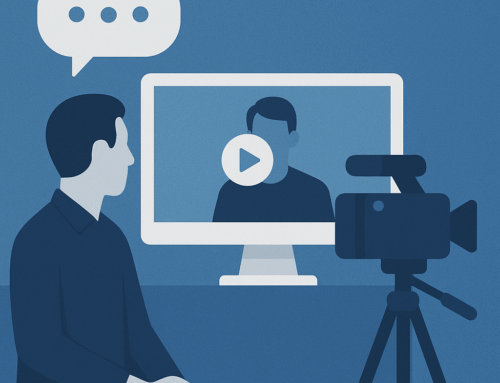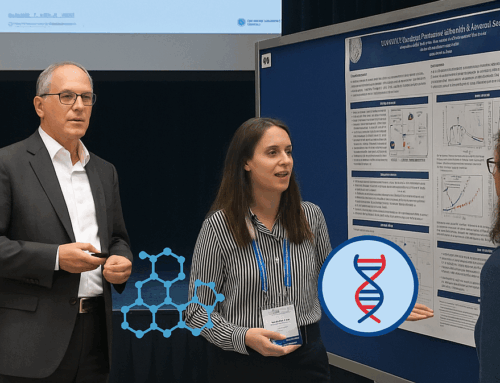Location: CNR-IMEM, Parma, and online
Date: 17 July 2025
Organised by: QED and CNR-IMEM
The PERSEUS Wikipedia Edit-a-thon was organised to promote open knowledge dissemination and strengthen the visibility of scientific topics related to the project’s research on nanomaterials and theranostics. The event aligned with PERSEUS’s broader objectives in Open Science, inclusiveness, and public engagement.
The Edit-a-thon brought together researchers, early-career scientists, and communication professionals from within the Consortium and local academic communities. The session focused on making participants aware of best practices in the Wikipedia ecosystem, as well as on improving the quality and accessibility of information related to 2D materials, theranostics, radiosensitisation, and nanomedicine on the English-language Wikipedia platform.
Besides the external Wikipedian holding the workshop, a total of 11 participants attended the event, including researchers from CNR-IMEM, CNR-Nano, Technion, UVigo, BeDimensional, and QED personnel, as well as students from the University of Parma. Participants represented multiple disciplines—materials science, physics, biology, and communication—and received a short introductory session on Wikipedia editing and open-access publishing practices.
The Edit-a-thon was structured around two main objectives:
- Enhancement of existing Wikipedia entries related to PERSEUS’s research areas.
- Identification of potential new entries to fill knowledge gaps in theranostics and related fields.
Edits and contributions included:
- Minor expansions, references, or edits to existing pages such as:
- Addition of missing citations and clarification of definitions in entries dealing with radiation effects and ROS generation.
- Drafting of a new prospective article: X-ray-induced photodynamic therapy using scintillating materials (to be finalised and published in a follow-up editing session).
The activity contributed to improving the accuracy and public accessibility of scientific knowledge on cancer research, 2D materials, and related biomedical applications—directly reflecting PERSEUS’s research scope. By encouraging scientists to engage in collaborative editing, the event strengthened awareness of Open Science principles and promoted responsible science communication practices among consortium members.
This initiative also supported gender balance and diversity goals, as nearly half of the participants were women, including early-career researchers. It provided an accessible platform for scientists to translate their work into public-facing narratives while ensuring factual accuracy and scientific rigour.




